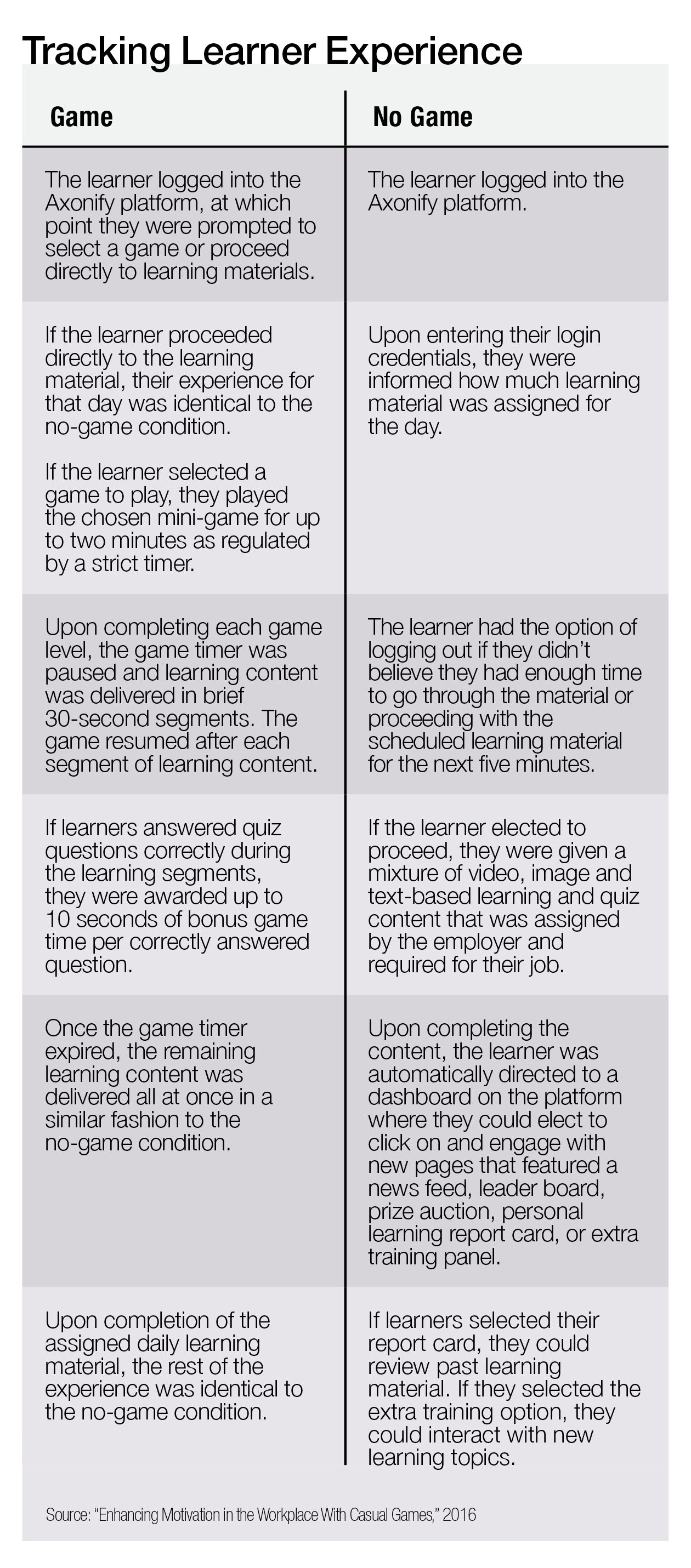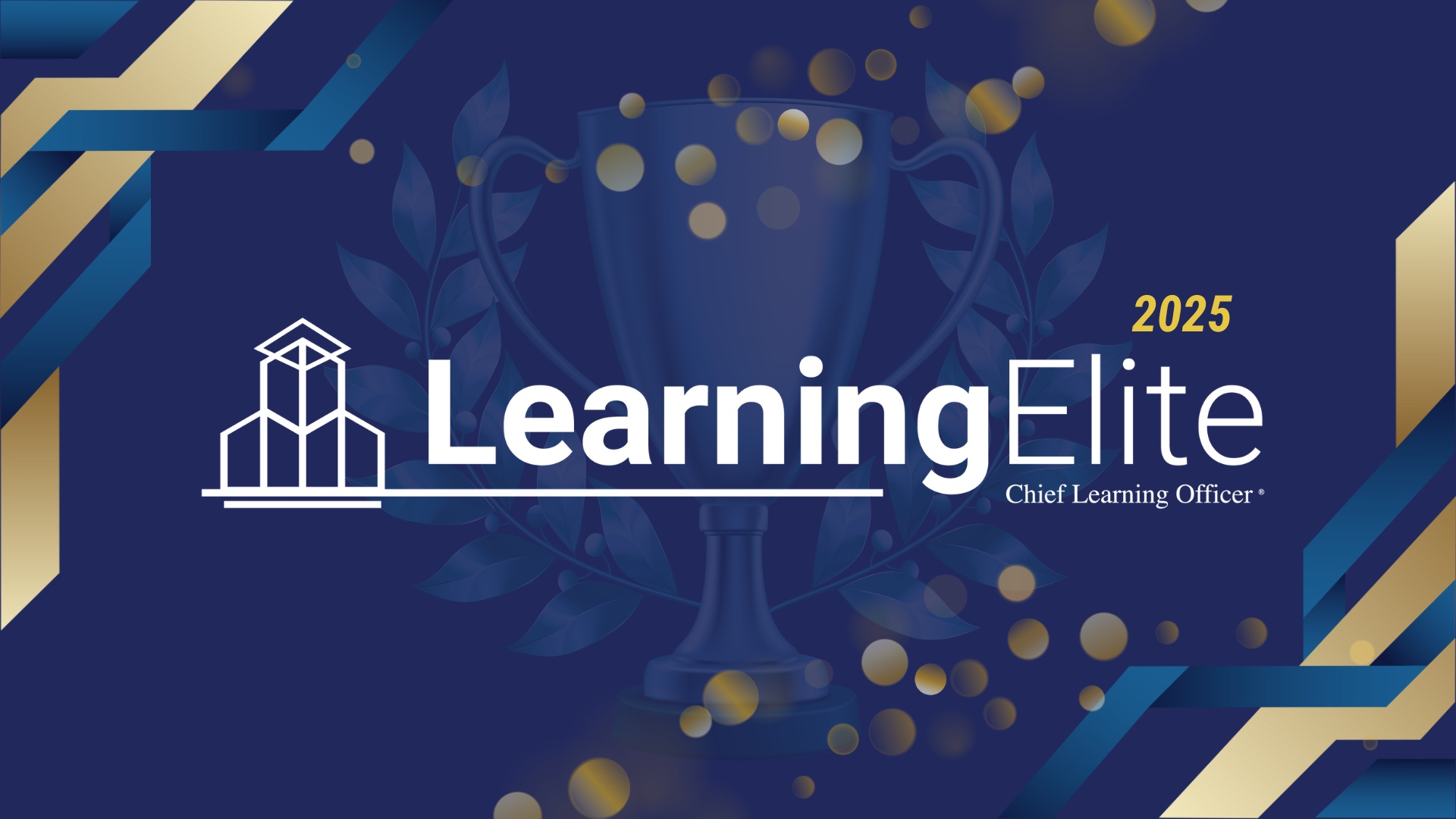
Training isn’t a subject that excites most employees. Add to this, employees face a growing number of distractions — Facebook updates, text notifications, incoming emails and more.
To combat this, companies have begun using “serious games” to engage employees in learning initiatives. Serious games are not designed for entertainment. They focus on training a specific skill or educating someone on a concept. For example, a mobile game that requires retail associates to select the right product features to match a customer’s needs.
The popularity of serious games is expected to reach a market value of approximately $5.5 million by 2020 because of an estimated 16 percent compounded annual growth rate, according to “Serious Game Market by Vertical, Application Platform, End-User and Region — Forecast to 2020,” a report from research firm Markets to Markets.

“Casual games” are also increasingly popular in corporate learning programs. Casual games, as defined by the International Game Developers Association, have “a low barrier to entry and can be enjoyed in short increments.” They have simple controls, are easy to master and are meant for entertainment, which is likely why they have been met with skepticism in the workplace.
Learning leaders are confronted regularly with questions about workplace game usage: Can casual games really lead to learning, or are they simply a distraction or a waste of time? What types of games lead to positive learning outcomes? Do fully developed strategic games need to be developed or can simple casual games work to boost learning outcomes by increasing learner recall?
Casual Games for Learning at Work
The problem is, while many have strong opinions regarding the answers to these questions, there hasn’t been enough data to support these hypotheses.
“Enhancing Motivation in Workplace Training With Casual Games: A Twelve Month Study of Retail Employees” offers an alternate perspective. The study of 6,301 retail associates in the U.S. and Canada examined the motivational impact of casual games on learning in a real business environment. The study focused on two research questions:
Does playing a casual game make an impact on employee engagement when logged into a gamified software learning platform?
Does engagement within the gamified platform subsequently impact learning results?
The data, analyzed in 2015, looked at two different conditions in two different retail organizations. In the first condition, casual games were used as motivation to engage employees with the gamified platform. Employees were given the opportunity to play a game before answering training questions. In the second condition, the game feature was turned off, so employees answered training questions without playing a game first. However, employees had access to the gamified platform, and things like the leaderboard and personal report card.
Data collected included a representative sample of corporate employees over the age of 18, all of whom used the gamified Axonify software platform. The platform could track learner performance in a setting where the only software difference between the two groups was whether the casual games function was turned on or off (See “Tracking Learner Experience”).
The Case for Casual Game Play
During the 12-month study, learners’ questions and answers were automatically recorded along with their interactions with other sections of the platform, including the news feed, leaderboard, prize auction, extra training panel and personal report card. Results actively support casual game use in employee learning programs.
The study found:
- Playing a casual game prior to engaging in a learning activity that involved answering questions produced significant levels of engagement with the learning platform.
- Learners in the game condition logged in to do their training significantly more often than those in the no-game condition.
- Adult learners were more motivated to come back and engage with the learning platform when they could play a game.
- Learning elements did not need to be embedded into a serious game to be engaged. It appears that engagement occurred even with casual games as a motivational hook.
- Learners in the game condition answered significantly more questions correctly and had significantly longer correct answer streaks than learners in the no-game condition.
- Learners who are motivated to pursue extra learning opportunities answer more questions correctly, as expected.
Playing the casual game seemed to place the learner in a state of flow — a mental state in which a person is fully immersed and focused in what they are doing — and allowed them to concentrate more fully on a question after they had played the game for a few moments.
It’s also possible that playing the casual game enhanced learning by boosting vigilance and alertness prior to engaging with the learning content. Research on the neuroscience of memory has consistently shown that the process of storing new memories can be significantly enhanced by increasing physiological arousal such as vigilance and stress.
Further research needs to be conducted to determine the cause of the increased learning outcomes. But if a casual game can place a learner in a state of flow, or a state of high concentration and alertness, the learner may be more open to learning.
If casual games can motivate learners to engage with learning content and seek out optional learning opportunities more often, which occurred in this study, an alternate route to using complex and expensive serious games in the learning industry may be to use casual games in tandem with optional learning opportunities.
By engaging learners through nonlearning casual games, it may be possible to harness their transient level of engagement and use it to enhance learning. Playing a short, casual game during a learning process can increase learning and motivation to voluntarily engage with extra learning opportunities.
Chief learning officers no longer need to question if game play is valid. The only thing they should be asking now is: How soon can I incorporate casual game play into our learning programs?
















